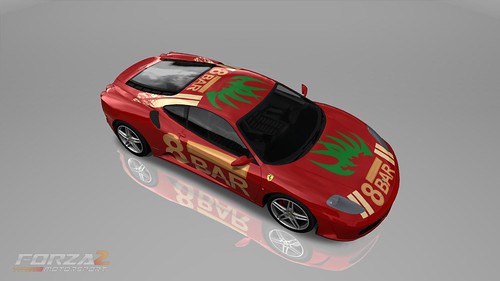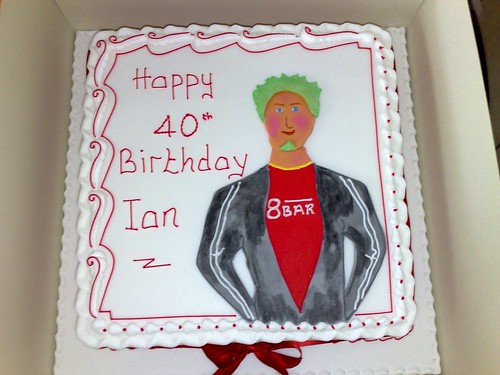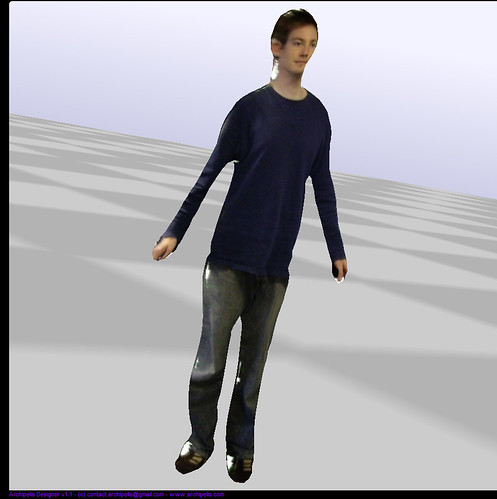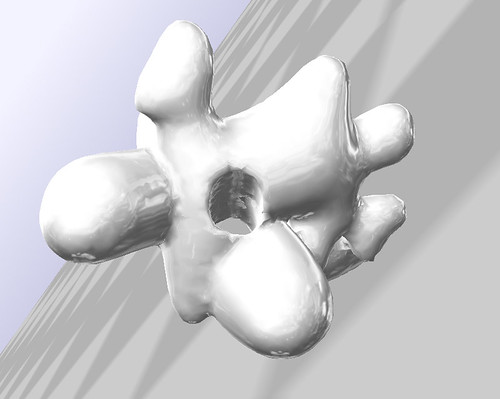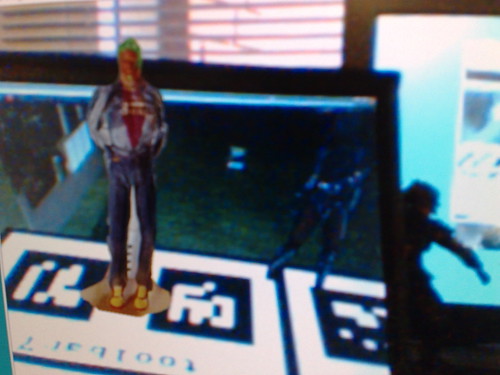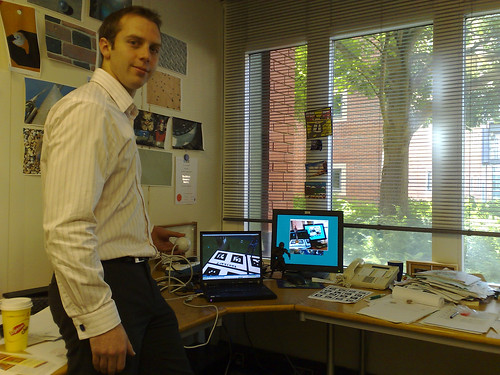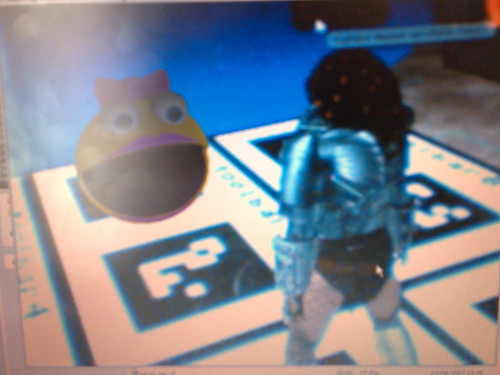The world is positively abuzz this morning with news of guidelines being released by IBM as a code of conduct for IBMers in virtual worlds.
Lots of news sources (including TIME, USATODAY, the Examiner, the San Jose Mercury News and more) are carrying an Associated Press story talking about the guidelines. Since nobody seems to be linking to the guidelines themselves, I’ll provide a link to the guidelines in full.
What’s in them? Let’s see. The introduction begins
IBM believes that virtual worlds and other 3D Internet environments offer significant opportunity to our company, our clients and the world at large, as they evolve, grow in use and popularity, and become more integrated into many aspects of business and society. As an innovation-based company, IBM encourages employees to explore responsibly and to further the development of such new spaces of relationship-building, learning and collaboration.
There is a summary section of guidelines, which I’ll reproduce here
- Engage. IBM encourages its employees to explore responsibly – indeed, to further the development of – new spaces of relationship-building, learning and collaboration.
- Use your good judgment. As in physical communities, good and bad will be found in virtual worlds. You will need to exercise good judgment as to how to react in these situations – including whether to opt out or proceed.
- Protect your – and IBM’s – good name. At this point in time, assume that activities in virtual worlds and/or the 3D Internet are public – much as is participation in public chat rooms or blogs. Be mindful that your actions may be visible for a long time. If you conduct business for IBM in a virtual world or if you are or may appear to be speaking for or on behalf of IBM, make sure you are explicitly authorized to do so by your management.
- Protect others’ privacy. It is inappropriate to disclose or use IBM’s or our clients’ confidential or proprietary information – or any personal information of any other person or company (including their real name) – within a virtual world.
- Make the right impression. Your avatar’s appearance should be reasonable and fitting for the activities in which you engage (especially if conducting IBM business). If you are engaged in a virtual world primarily for IBM business purposes, we strongly encourage you to identify your avatar as affiliated with IBM. If you are engaged primarily for personal uses, consider using a different avatar.
- Protect IBM’s and others’ intellectual property. IBM has a long-established policy of respecting the intellectual property of others, and of protecting its own intellectual property. Just as we take care in our physical-world activities to avoid infringement of intellectual property rights and to provide proper attribution of such rights, so we must in our activities in virtual worlds – in particular with regard to the creation of rich content.
- IBM business should be conducted in virtual environments only with authorization. You should not make commitments or engage in activities on behalf of IBM unless you are explicitly authorized to do so and have management approval and delegations. If you are authorized, you may be asked by IBM management to conduct IBM business through a separate avatar or persona reserved for business use. You should certainly decide to use a separate avatar or persona if you think your use of an existing one might compromise your ability to represent IBM appropriately.
- Be truthful and consistent. Building a reputation of trust within a virtual world represents a commitment to be truthful and accountable with fellow digital citizens. You may be violating such trust by dramatically altering your digital persona’s behavior or abandoning your digital persona to another operator who changes its behavior. If you are the original creator or launcher of a digital persona, you have a higher level of responsibility for its behavior.
- Dealing with inappropriate behavior. IBM strives to create a workplace that is free from discrimination or harassment, and the company takes steps to remedy any problems. However, IBM cannot control and is not responsible for the activity inside virtual worlds. If you are in a virtual environment in conjunction with your work at IBM and you encounter behavior that would not be acceptable inside IBM, you should “walk away” or even sign out of the virtual world. You should report abuse to the service provider. And as always, if you encounter an inappropriate situation in a virtual world which you believe to be work-related, you should bring this to the attention of IBM, either through your manager or through an IBM internal appeal channel.
- Be a good 3D Netizen. IBMers should be thoughtful, collaborative and innovative in their participation in virtual world communities – including in deliberations over behavioral/social norms and rules of thumb.
- Live our values and follow IBM’s Business Conduct Guidelines. As a general rule, your private life is your own. You must, however, be sensitive to avoid activities in a virtual world that reflect negatively on IBM. Therefore, you must follow and be guided by IBM’s values and Business Conduct Guidelines in virtual worlds just as in the physical world, including by complying with the Agreement Regarding Confidentiality and Intellectual Property that you signed when you became an IBM employee. It is obviously most important to do so whenever you identify yourself as an IBMer and engage in any discussions or activities that relate to IBM or its business, or use any of IBM’s communications systems or other assets to participate in a virtual world.
It goes on to discuss the following topics in more detail
- Launching Digital Personas and Disclosing Their Identities
- Appearance
- Digital Persona Ownership & Responsibility
- Identities that Span Multiple Environments
- Protecting IBM Intellectual Property Assets
- Respecting Intellectual Property of Others
- Doing Business in a Virtual World
- Export
- Encountering Inappropriate Behavior
- On Your Own Time
All of which make a lot of sense to me, but you can read them for yourself to see if you agree. The document concludes with a common sense summary:
IBMers are encouraged to engage, to learn and to share their learning and thinking with their colleagues. That is what it means to be part of an innovation company. As we do so, our best guideline is to approach virtual worlds in the same way we do the physical world – by using sound judgment and following and being guided by IBM’s values and the Business Conduct Guidelines. Remember that IBM’s integrity and reputation, as well as your own, are in your hands. If you are unsure of the correct action or behavior at any stage, speak to your manager, your HR partner or an IBM attorney.
If you’ve ever heard of IBM’s blogging guidelines here you’ll recognise the pattern here. (Incidentally, I always loved the introduction: “In 1997, IBM recommended that its employees get out onto the Net — at a time when many companies were seeking to restrict their employees’ Internet access. We continue to advocate IBMers’ responsible involvement today in this new, rapidly growing space of relationship, learning and collaboration.”). Things are not so different now.
The baseline is that every IBMer agrees to to a code of business conduct, the Business Conduct Guidelines, which define and expand on IBM’s values as well as giving concrete examples of what it means to act ethically. Building on that, the blogging guidelines explicates the conduct guidelines in the context of blogging, outlining how we interact in blogs. It’s exactly the same story for the virtual worlds guidelines; they simply expound on the same code of practice and ethics we all agree to, putting them in the context of virtual worlds. As with the blogging guidelines, they were not written by a drone in Armonk but were written (collaboratively, on a wiki of course) by the virtual universe community inside IBM which was already exploring virtual worlds. That has to be A Good Thing.
When IBM published its blogging guidelines, many companies quite openly borrowed and adapted them for their own use. I wonder if we’ll see something similar with the virtual worlds guidelines.




